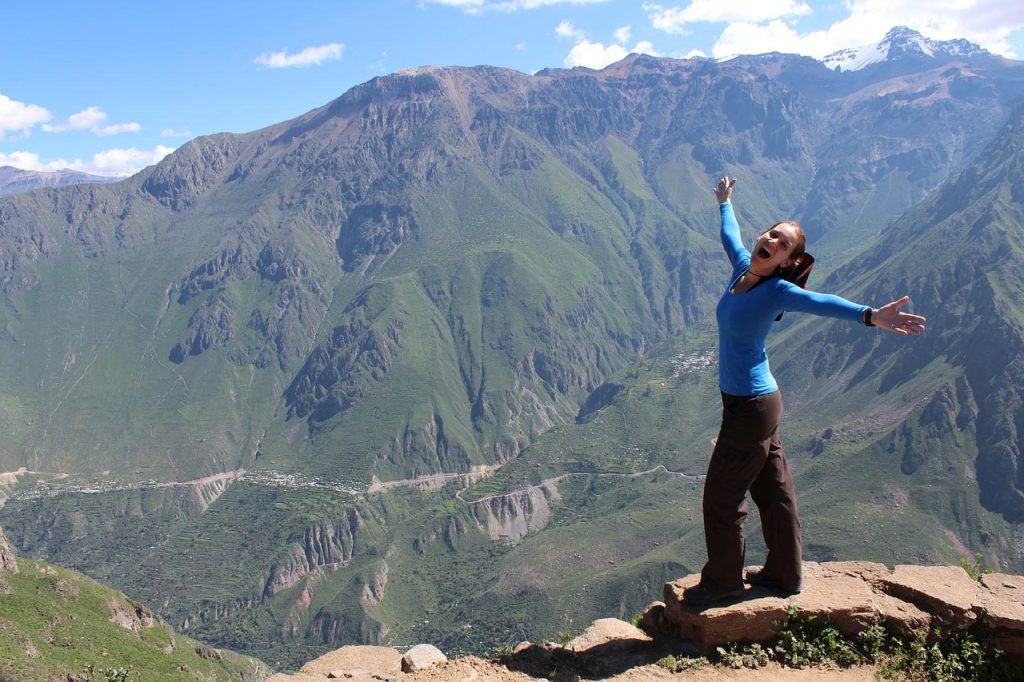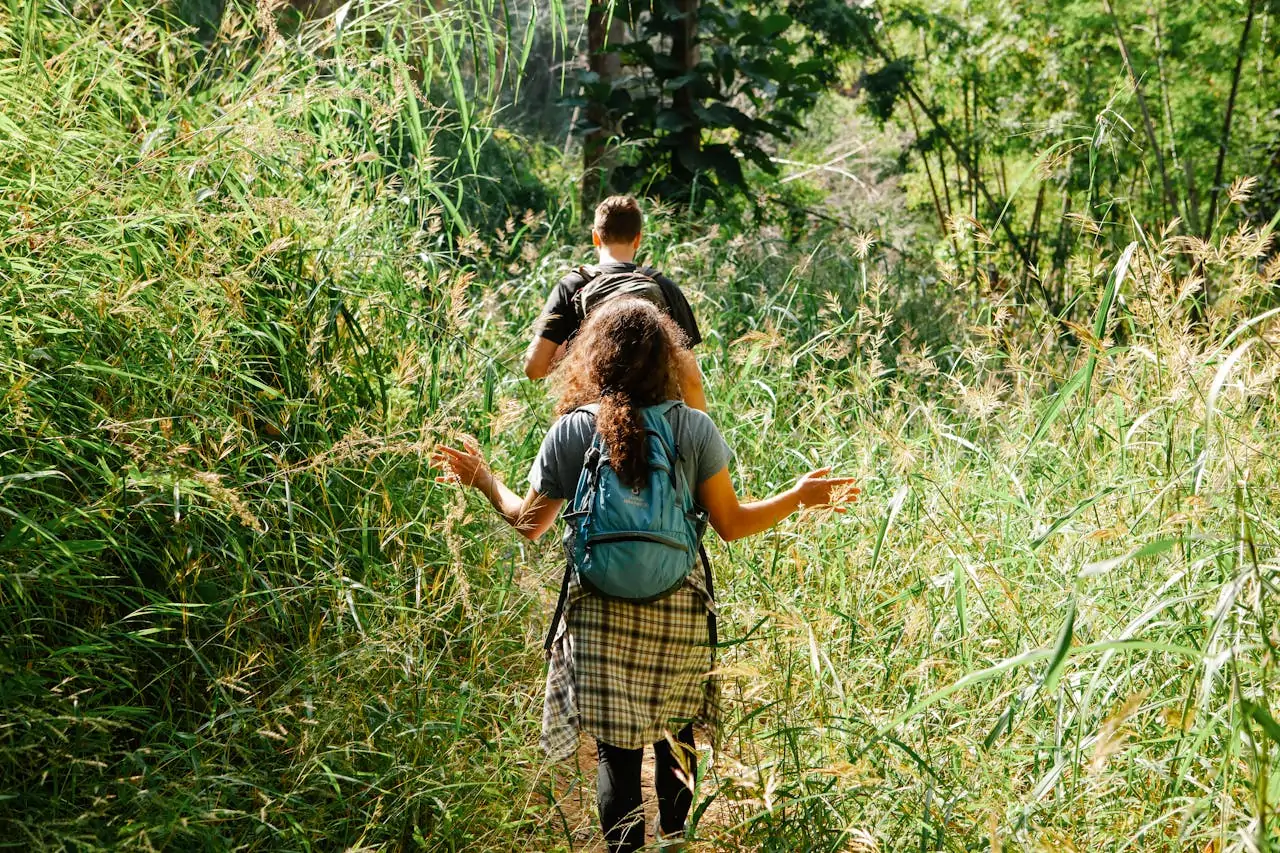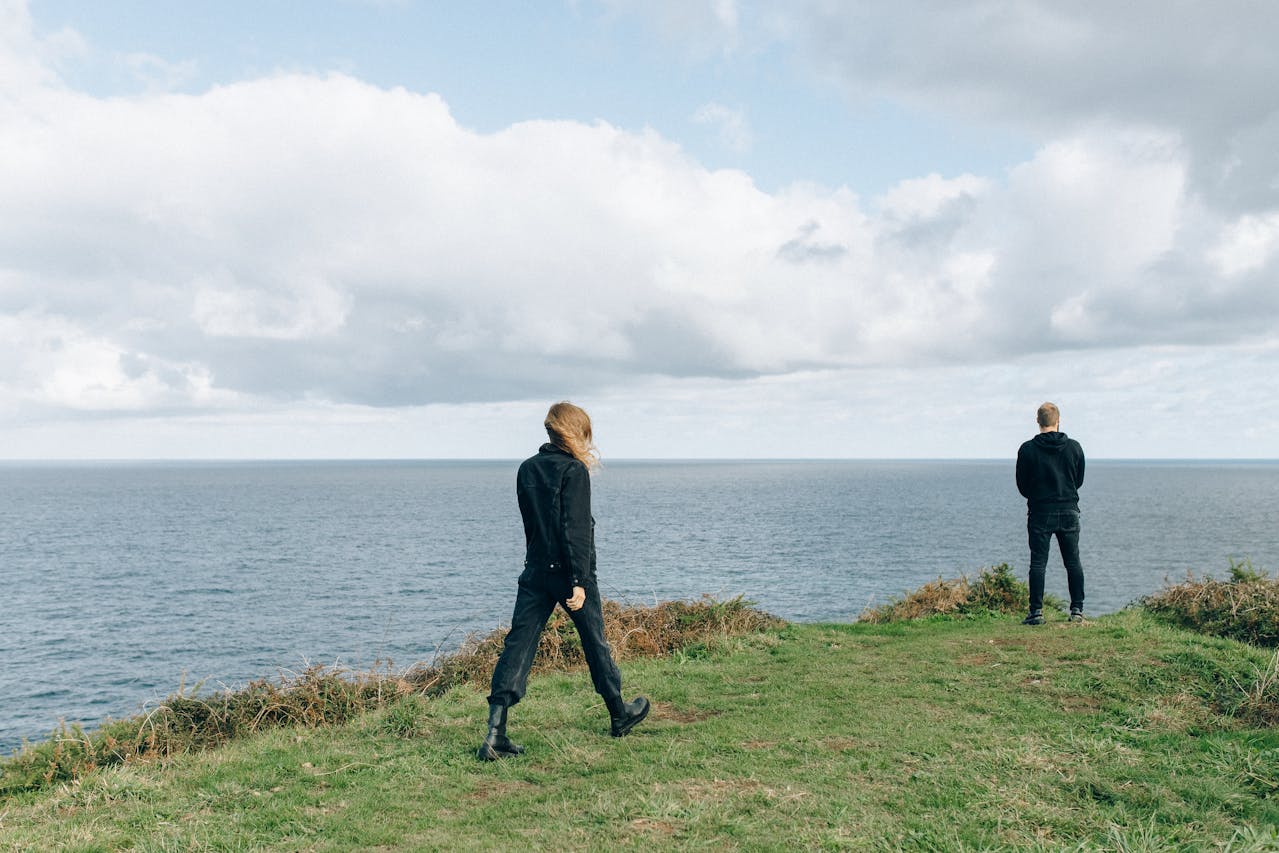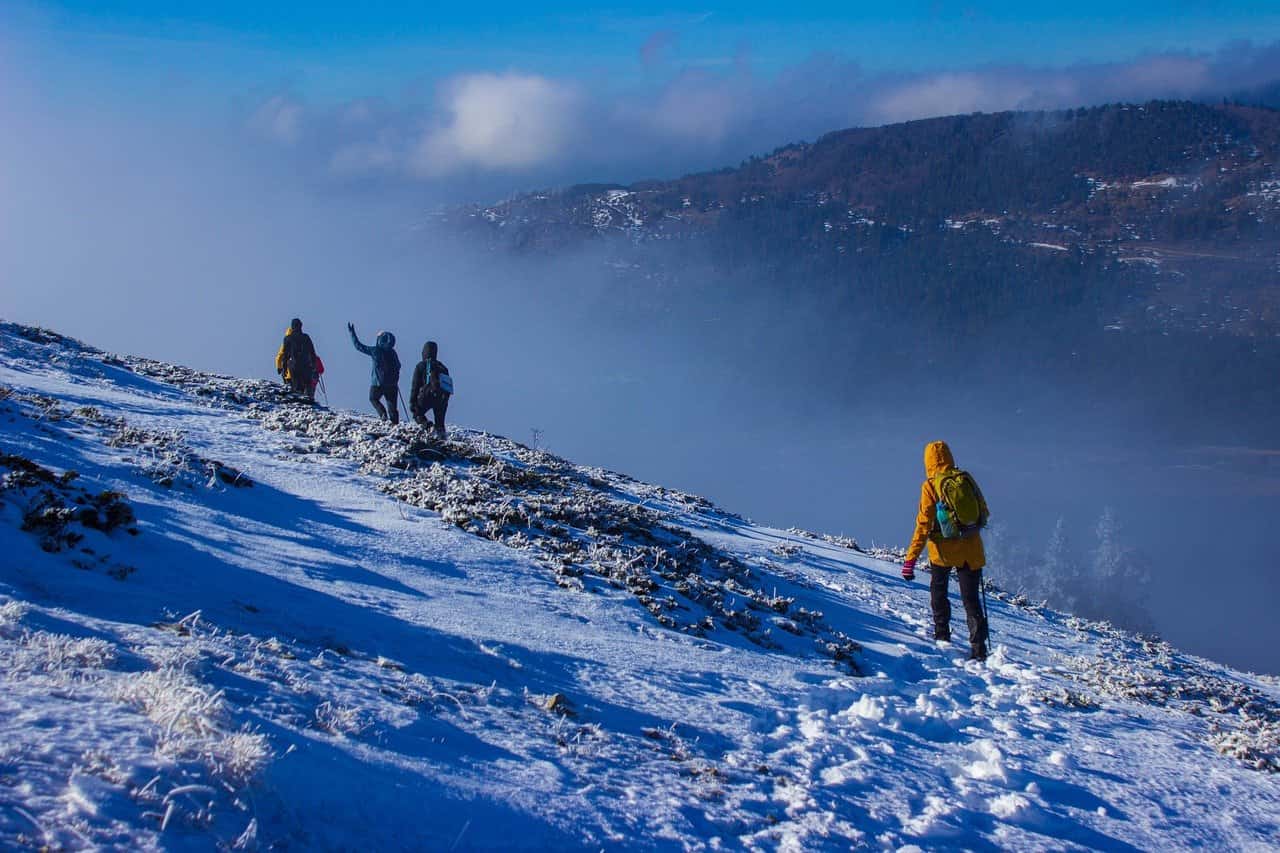Breathe deep and go far. Increase your lung capacity and hike longer with these training tips. Learn How to Improve Your Lung Capacity for Hiking.
Your ability to breathe well while hiking is really important, especially when you’re tackling long trails or climbing up high mountains. If you’re new to hiking, don’t worry about feeling out of breath—it’s totally normal for everyone, whether you’re just starting or you’ve been hiking for years.
When I first began hiking, I used to feel embarrassed when I got more out of breath than my friends. Now, after more than 3 years of hiking, I still sometimes find myself breathing heavily, but I’ve learned that it’s nothing to be embarrassed about. It just means I’m pushing myself, and that’s something to be proud of! If you’re curious about how to improve your breathing while hiking, you’re in the right place.
So, if you’ve ever been hiking and found yourself gasping for air, wondering if there’s a better way to breathe—there is! Improving your lung capacity will not only make hiking easier but will also help with everyday activities.
Also, you can learn more hiking tips and tricks on Trekking Nest.
What is Lung Capacity?
The Lung Institute explains that lung capacity is the amount of air (or oxygen) your body can use. It’s different from lung function, which refers to how much air your body can take in and how well it works. Both lung capacity and lung function are important, but only lung capacity can be improved; lung function cannot.
How Does Lung Capacity Work?
In simple terms, your muscles need oxygen to work properly. When you breathe, your lungs take in oxygen, and your heart pumps it throughout your body, giving your muscles the energy they need. That’s why your heart beats faster and you breathe harder when you exercise—to help get more oxygen to your muscles.
Why Should You Improve Your Lung Capacity?
The National Institute of Health says that when you’re resting, you breathe about 15 times per minute. But when you’re exercising, like hiking up a steep trail, your breathing can increase to 40-60 times per minute to keep your muscles going. Interestingly, some people tend to over-breathe in everyday life, taking in 2-3 times more air than they actually need without realizing it, which can lead to health problems.
With healthy lungs and good lung capacity, even if you feel “out of breath,” your body still has a lot of breathing power left. This means you have more strength, energy, and muscles that work better and need less oxygen. Pretty cool, right?
5 Ways to Increase Lung Capacity
1. Strengthen Muscles & Increase Stamina
Getting stronger and building stamina will help you breathe better while hiking and give you the energy to tackle long trails! Try to exercise about three times a week with a mix of cardio and strength training. This could help increase your lung capacity by 5 to 15%, according to experts. With stronger muscles, your body can use oxygen more efficiently. Just remember to keep breathing while you exercise! Here are some of our favorite exercises:
- Squats or jump squats
- Lunges
- Jumping jacks
- Standing calf raises
- Leg lifts
- Using a stair master or finding stairs to climb
- HIIT and bodyweight exercise classes (YouTube has great options!)
2. Breathwork
In addition to your workouts, take time to do some simple breathing exercises. Breathwork can boost your lung capacity for hiking and help you feel more calm and focused. When your body is relaxed, you breathe easier! Try these exercises to help on the trails and in daily life:
Simple Breathwork: Sit comfortably, close your eyes, and inhale for four or five counts. Hold for three seconds, then slowly exhale all the air out. Repeat eight times.
Box Breathing: Inhale for three counts, hold for three, exhale for three, and hold again for three. Repeat eight times and gradually increase the counts.
Alternate Nostril Breathing: Cover one nostril, inhale for six counts, hold, then exhale through the other nostril. Repeat five times, switching sides.
Wim Hof Breathing: Inhale deeply, then exhale unforced through the mouth. Do this 30-40 times, then hold your breath after the last exhale. Inhale deeply again, hold for 15 seconds, and repeat 3-4 times.
3. Stretching
Stretching can help you breathe better by releasing tightness in your shoulders, chest, and sides. Consider starting a yoga practice to combine movement with breathwork. If yoga isn’t your thing, even a few simple stretches can help expand the muscles around your rib cage and diaphragm, increasing your lung capacity for hiking.
4. Practice Good Posture
Many of us spend a lot of time sitting, which can lead to poor posture. Whether you’re sitting, standing, walking, or hiking, try to keep your back straight, engage your core, and pull your shoulders back. This helps open up your chest and gives your lungs more space to breathe.
5. Hike More
The more you hike, the better your lung capacity will become. Try to include hikes with some elevation gain to get your heart and lungs working harder. Use the breathwork and posture techniques you’ve practiced at home while you’re out on the trail. The key is consistency—keep hiking, and you’ll see improvements!
How to Breathe at High Altitudes
When you’re hiking at high altitudes, the air pressure is lower, making it harder for your lungs to take in oxygen because the air pressure inside your body is higher than the air pressure outside. I really felt the effects of this when I was on my Everest Basecamp Trek last year at an altitude of 18,000 feet. Even at 8,000 feet, I noticed that I got out of breath much faster than usual.
To handle the challenges of high altitude, try breathing slowly and deeply to lower your heart rate and help your body take in the oxygen it needs. Match your walking pace with the rhythm of your breath, and if you’re struggling to breathe, slow down your pace.









